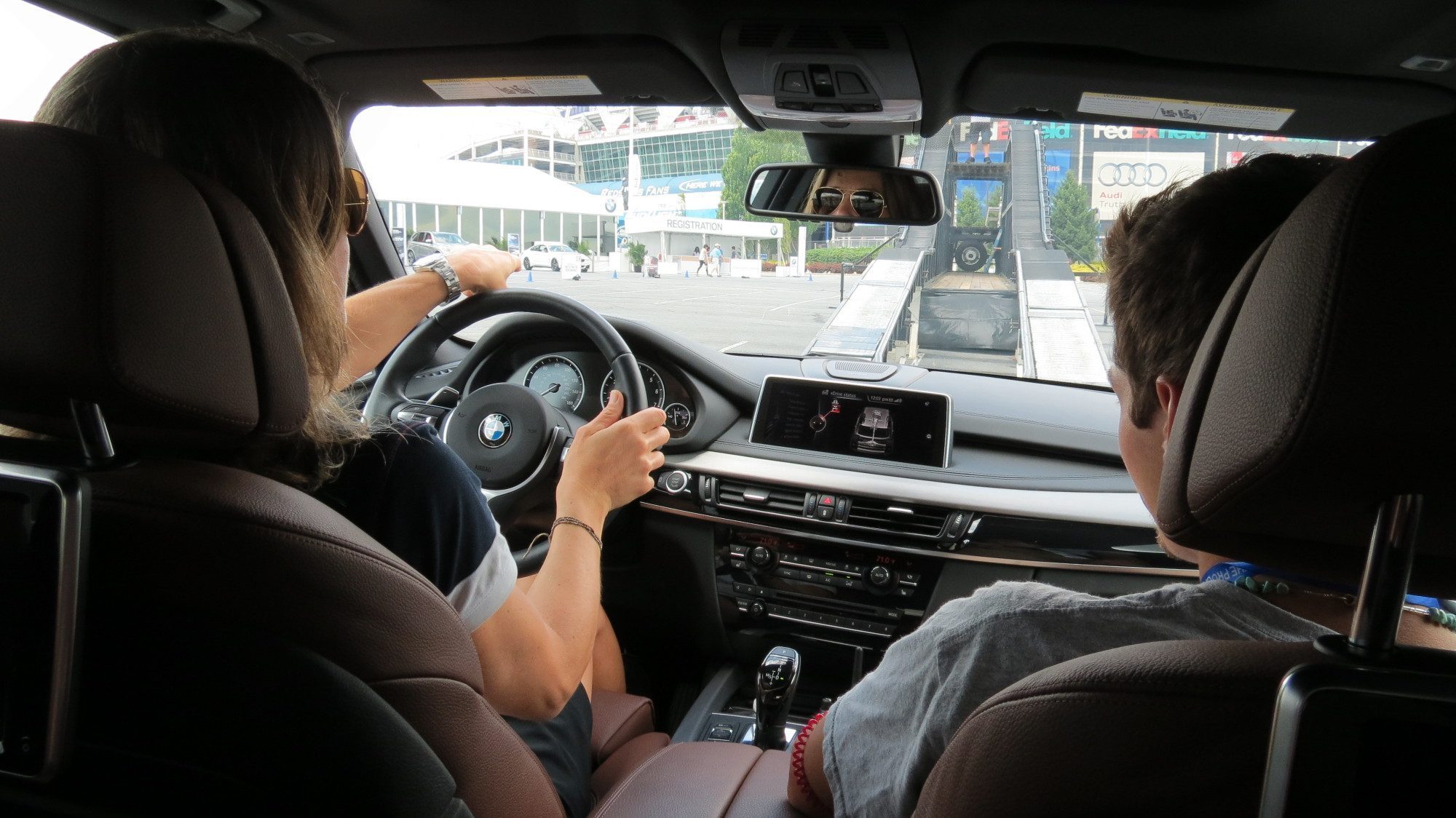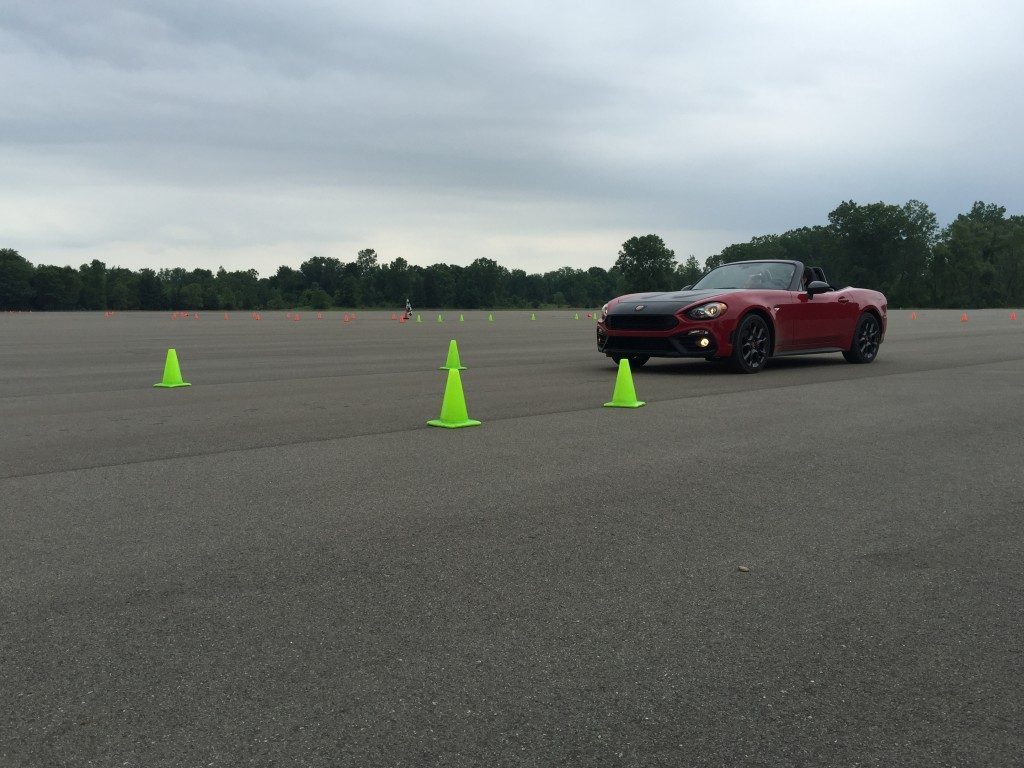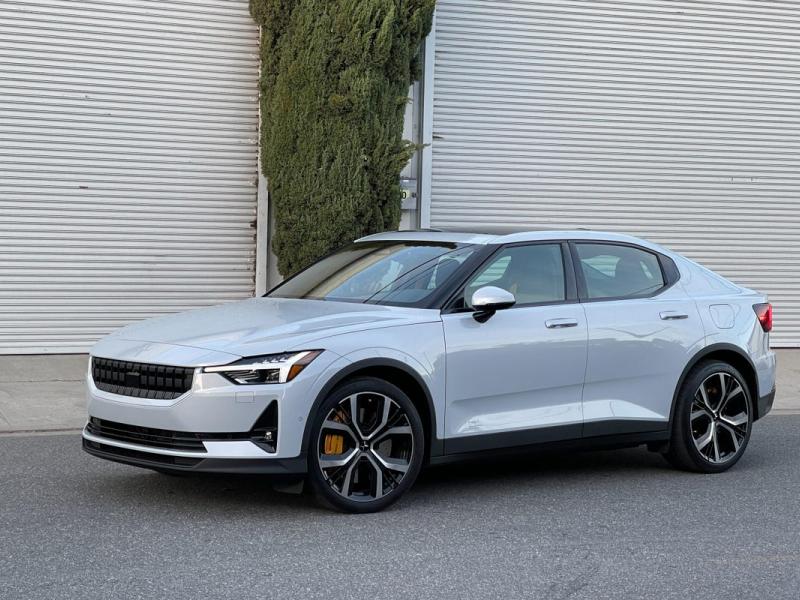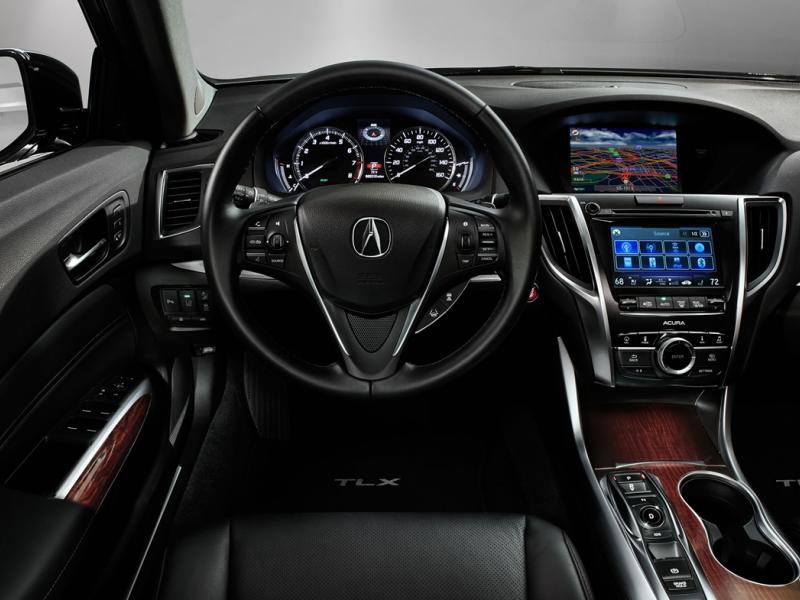10 Smart driving techniques to stay safe on the road
Remember how stressful, yet exciting, it was to prepare to get your driver’s license?
I distinctly recall those early years. (I can neither confirm nor deny that my parents started teaching me the rules of the road before I was of “official” age.) Today, I’m thankful for those teachable moments spent with my parents, whose instruction I trusted more than anyone, because they solidified my confidence as a responsible driver before I went out on my own.
It’s easy to forget all the detailed instructions we were given at just barely 15 years of age. Over the years, we’re sure to develop bad habits or we forget to do something altogether. To this day, I still implement safe driving techniques to ensure I’m still a safe, skillful driver.
The following list is a reminder to us more experienced drivers not to get lazy just because we now have technology to do so much for us. Regardless of how well-equipped your car is, it’s important to remain an alert, active-minded driver.
Safe Driving Techniques
Here are 10 common safe driving techniques we can implement as experienced drivers. There are many more tips that we should keep in mind, but these stood out to me based on my 17 years in the driver’s seat.
1) Check your mirrors often.
Do you check your mirrors roughly every five seconds? If not, it’s a good habit to get into. Be sure to peek in both your side and rearview mirrors to remain aware of what vehicles are around you.
2) Double-check your blind spots.
Whenever planning to make a move — whether changing lanes or merging onto the highway — remember to check your blind spots. Take this action before you make a gesture with the steering wheel to ensure the coast is clear.
3) Know who’s around you.
This is important both in urban settings as well as on longer road trips. The best way to know who’s around you is to check your mirrors religiously. It only takes a glance at each mirror to recognize which vehicles have changed lanes, exited altogether, or possibly have entered a blind spot..
4) Ensure your passengers are riding safely.
When I got my license at 16, I wouldn’t even put the car in reverse if my passengers weren’t buckled up. I was a stickler about passengers riding safely because, well, you just never know.

5) Try not to rely on technology to do everything for you.
Technology is amazing. But it’s turning many of us into lazy drivers. Until the day we achieve truly autonomous driving, please be an active participant in the whole “manning a vehicle” process. When backing up, use the rearview camera to help ensure the path is clear, but also turn your noggin around and look for approaching humans, pets and other vehicles.
6) Look 5 cars ahead to monitor traffic flow.
Hands down this is the best way to avoid slamming on your brakes and risking a rear-end situation (that’s most likely your fault). This applies mostly to long-distance or highway driving, but it’s not a bad reminder for those days commuting in rush-hour traffic. When you’re an informed driver you can help to inform other drivers around you.
7) Stop staring at your phone.
If you’re checking your mirrors regularly and keeping an eye 5 cars ahead of you, there’s no way you’ll get sucked into staring down at your smartphone. At highway speeds, looking at your phone for 5 seconds is equivalent to traveling the distance of a football field. That’s 100 yards in mere seconds without your eyes on the road ahead of you. Just don’t do it. And if you’re a passenger, remind your driver not to do it either.
8) Don’t jerk back onto the road if you veer off course.
I’ve rarely had this experience, but when I have, I’m so glad I remembered that advice about slowly re-entering the highway or stretch of road I was driving on. When you jerk the wheel in a direction that the car isn’t currently traveling, you throw it off balance. This type of reaction is how cars often end up on the wrong side of the road, flipping over, or in another precarious situation. Stay as calm as possible, and gradually guide your vehicle either back onto the road or to a complete stop in a safe place.
9) Hazard lights are helpful…
When there’s a fire truck or ambulance approaching and fellow vehicles on the road don’t seem to recognize it (or hear it), hazard lights can be a great help. Also use your warning lights when…it’s incredibly foggy outside; traffic has come to a sudden halt in front of you; an accident has occurred in front of you., or when you actually need to show that you’re driving slow or fast for an emergency reason.
10) Go hands-free, all the time
Nearly every new vehicle has handsfree Bluetooth capabilities. That means you should, at the very least, connect so that you can make and take phone calls without holding your device. Thankfully, the advent of Apple CarPlay and Google’s Android Auto are helping to create a more seamless experience when bringing your phone into the vehicle. If you’ve got an older vehicle, you can use hum by Verizon to enable Bluetooth connectivity and emergency roadside assistance.

What other tips and advice would you add to help experienced drivers remember what it’s like to follow all of the original rules of the road?
Disclaimer: This post is one of several articles part of a paid partnership with hum by Verizon. Our partnership focuses on driver safety, broadening the general awareness of Verizon’s hum product, and at times, will feature Verizon subject matter experts. Those articles will be denoted with an author by-line and this disclosure statement. Social media posts promoting the published articles in this series will be accompanied by the #humBCC and #sponsored hashtags.




